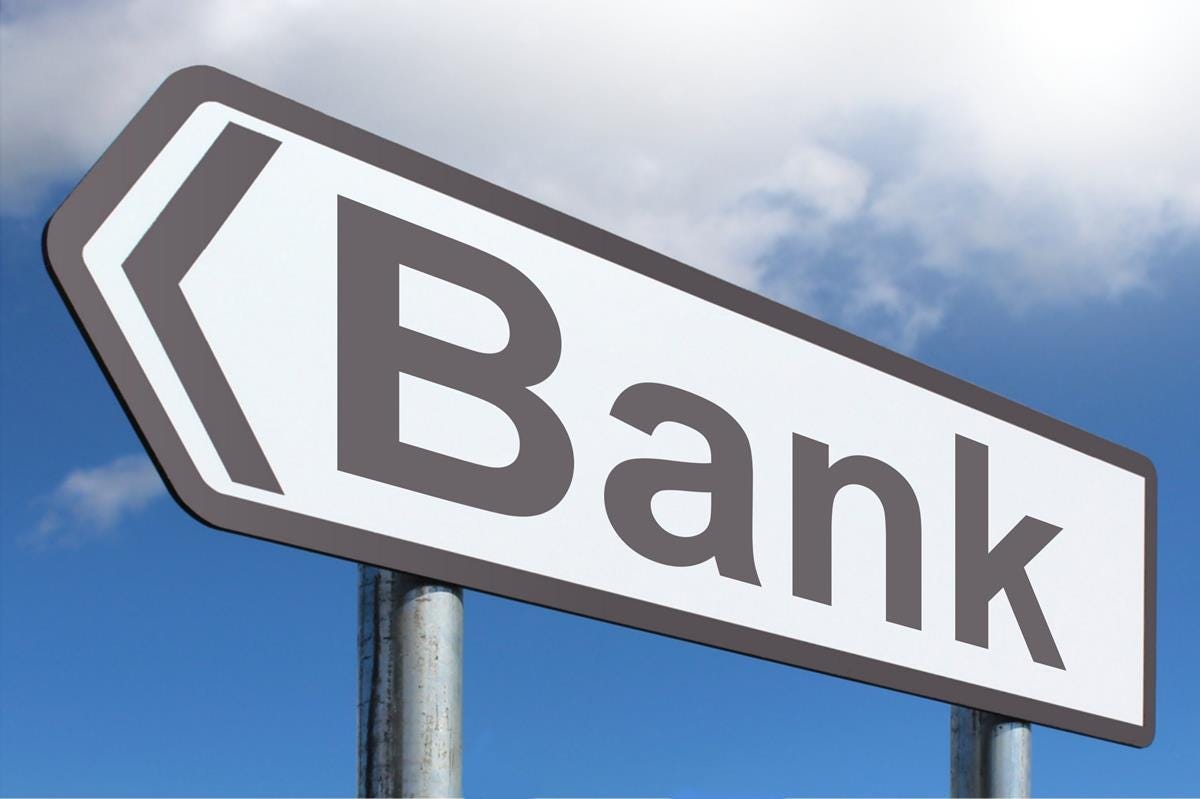Switching banks might feel like a hassle, but sticking with a bank that no longer fits your needs can cost you money, time, and peace of mind. Many people hold on to old bank accounts out of habit, but better options are often just around the corner. If you’ve been hit with surprise fees, poor customer service, or outdated technology, it could be time for a change.
This guide will show you exactly how to switch banks smoothly and explain why you should consider making the move sooner rather than later.
Why You Should Consider Switching Banks
There are plenty of good reasons to shop around for a better banking experience — especially in Tier-1 countries where competition is fierce and consumer-friendly options abound.
1. Avoid Unnecessary Fees
Does your current bank nickel-and-dime you with monthly maintenance charges, overdraft fees, or ATM fees? Many modern banks, especially online-only banks, offer no-fee or low-fee accounts with better terms.
2. Get Better Interest Rates
If you’re still earning next to nothing in interest, you’re leaving money on the table. High-yield savings accounts, credit unions, and digital banks often offer far better rates than traditional big banks.
3. Enjoy Improved Customer Service
Good customer service is priceless. If you’ve ever spent hours on hold or struggled to resolve an issue, you know how important responsive, reliable support can be.
4. Access Better Technology
Digital banking has transformed the way we handle our money. Newer banks usually have more user-friendly apps, better security features, and useful tools to help you budget and save.
5. Align with Your Values
Many people want their money to support institutions that align with their values. Some banks are more transparent about where they invest your deposits or support local communities.
How to Switch Banks Step by Step
Switching banks isn’t difficult, but it does require a bit of planning. Follow these steps to make the transition as smooth as possible.
1. Identify What You Want in a New Bank
Start by figuring out what matters most to you. Do you want fewer fees? A higher savings rate? An ethical bank that invests in green energy? Make a list so you know what to look for.
2. Research and Compare Options
Check reviews, compare fees, interest rates, ATM access, digital tools, and account requirements. Look at both local credit unions and online banks — they often have the best deals.
3. Open Your New Account
Once you’ve found the right fit, go ahead and open your new account. Many banks allow you to do this entirely online in under 15 minutes.
Be prepared to provide personal information like your Social Security number, ID, and proof of address.
4. Update Direct Deposits
Contact your employer or any other income sources to update your direct deposit information. Some banks even offer a switch kit to make this step easier.
It’s smart to keep your old account open until you’re sure all deposits are going to the new one.
5. Transfer Automatic Payments
Next, review your old account for any automatic payments — subscriptions, utilities, loan payments, etc. Update each one with your new account details.
This is also a good time to cancel any subscriptions you no longer need.
6. Move Your Money
Once deposits and payments are set up, transfer your remaining balance to the new bank. Leave a small buffer in your old account in case any stray payments pop up.
7. Close Your Old Account
When you’re confident everything is working smoothly, it’s time to close your old account. Get written confirmation from your old bank that the account is closed and that there are no lingering fees.
Tips to Make Switching Banks Easier
Switching banks doesn’t have to be stressful. These quick tips will help you stay organized and avoid surprises.
- Keep both accounts open for at least a month to make sure everything is set up correctly.
- Download statements from your old account in case you need them later.
- Communicate with your new bank — some banks even offer bonuses for new customers switching over.
- Check for early closure fees — some accounts have penalties if you close them too soon after opening.
Should You Consider Online Banks?
Online banks have grown rapidly in popularity, especially in the US, UK, Canada, and Australia. They often offer higher savings rates and fewer fees because they don’t have the overhead costs of physical branches.
However, make sure they provide the features you need, like robust ATM access, strong security, and responsive customer service. For many people, a hybrid approach — an online bank for savings and a local credit union for everyday banking — works best.
Common Mistakes to Avoid When Switching Banks
Here are some pitfalls to watch out for:
- Closing your old account too soon: Make sure all checks have cleared and automatic payments are switched.
- Not reading the fine print: Some accounts have minimum balance requirements or hidden fees.
- Forgetting about linked accounts: Double-check that joint accounts, overdraft protection, or linked savings are properly closed or transferred.
Switching Banks Can Pay Off
Switching banks may seem like a chore, but the benefits can really add up. By moving to a bank that better suits your financial goals, you could save hundreds in fees, earn more in interest, and enjoy a more stress-free banking experience.
Your money should work for you — not the other way around.
Final Thoughts: Is It Time for You to Switch Banks?
If you’re unhappy with your current bank or simply think you can do better, there’s no better time to explore your options. A little bit of research and planning can lead to better rates, fewer fees, and a banking partner that truly fits your lifestyle.
Take the first step today: review your current bank’s fees, rates, and customer service. You might be surprised at how much you stand to gain by making a switch.






